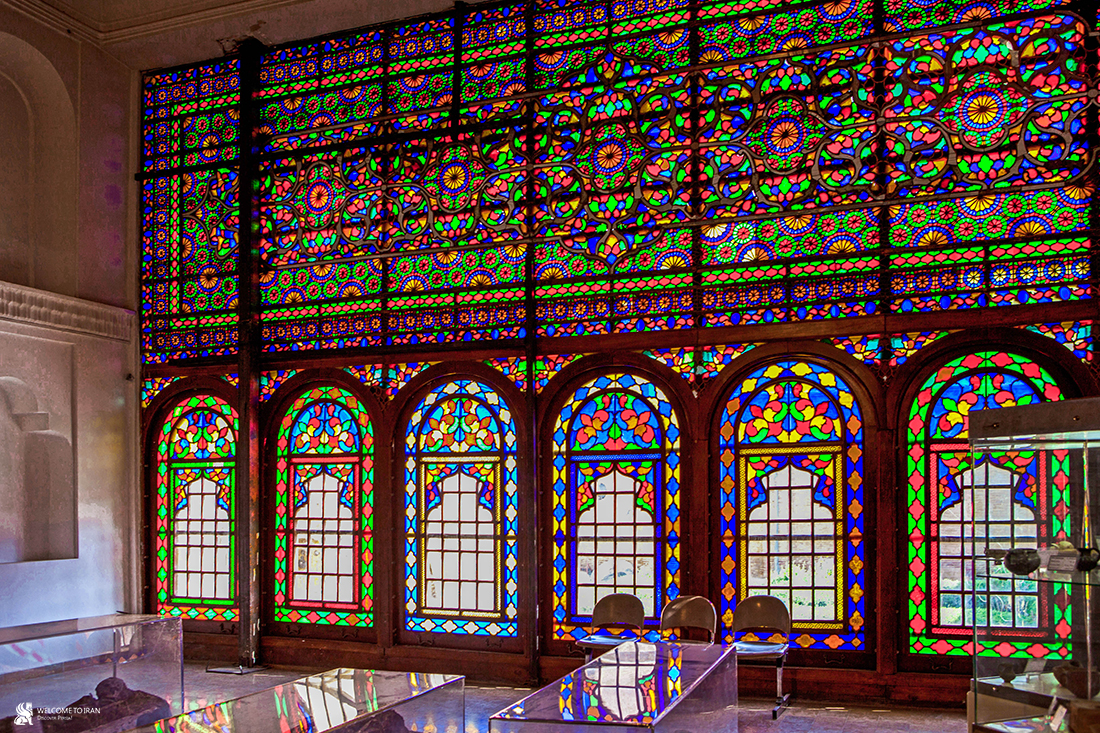Orosi is an architectural element typical of Iran. It is a lattice window. In this type of art no nail or glue is used: all the images and figures are obtained through the connection of small wooden joints, operated with the male and female interlocking. The Oroses generally have a rectangular shape; the upper part (located under the roof), adorned with pieces of colored glass, was usually completed in a rectangular shape, half-moon shaped or barrel-shaped. This type of door or window, widely used in tropical areas, was intended to regulate and mitigate the sunlight in those particularly exposed houses. However, the use of this art was more or less widespread in other areas, sometimes flanked by the Āyneh kāri. Some marvelous examples of this art are the ancient dwellings of Esfahān, Kāshān, Shirāz and Yazd. More new types of Orosi can be found in Tehrān. Nowadays, it is the city of Sanandaj that holds the primacy of this art in the western part of the country. Function of the reticular surface of the Orosi windows: 1. Ensure the light of the interior space; 2. Allow the view of outer space; 3. Reduce the power of radiation and heat from the sun; 4. Give beauty to the facade of the building; 5. Protecting the intimacy of private spaces; 6. Remove annoying insects (colored glass, giving life to colorful lights, remove and repel insects).

